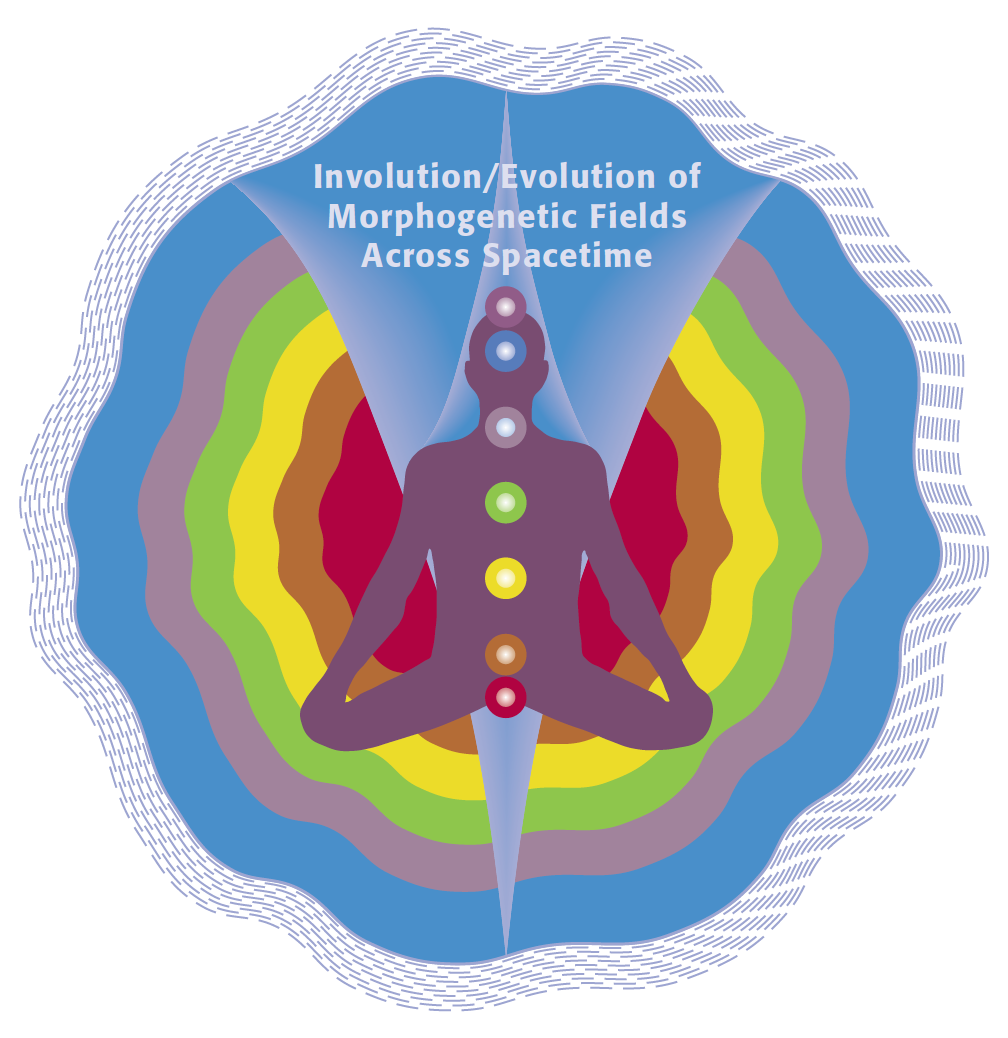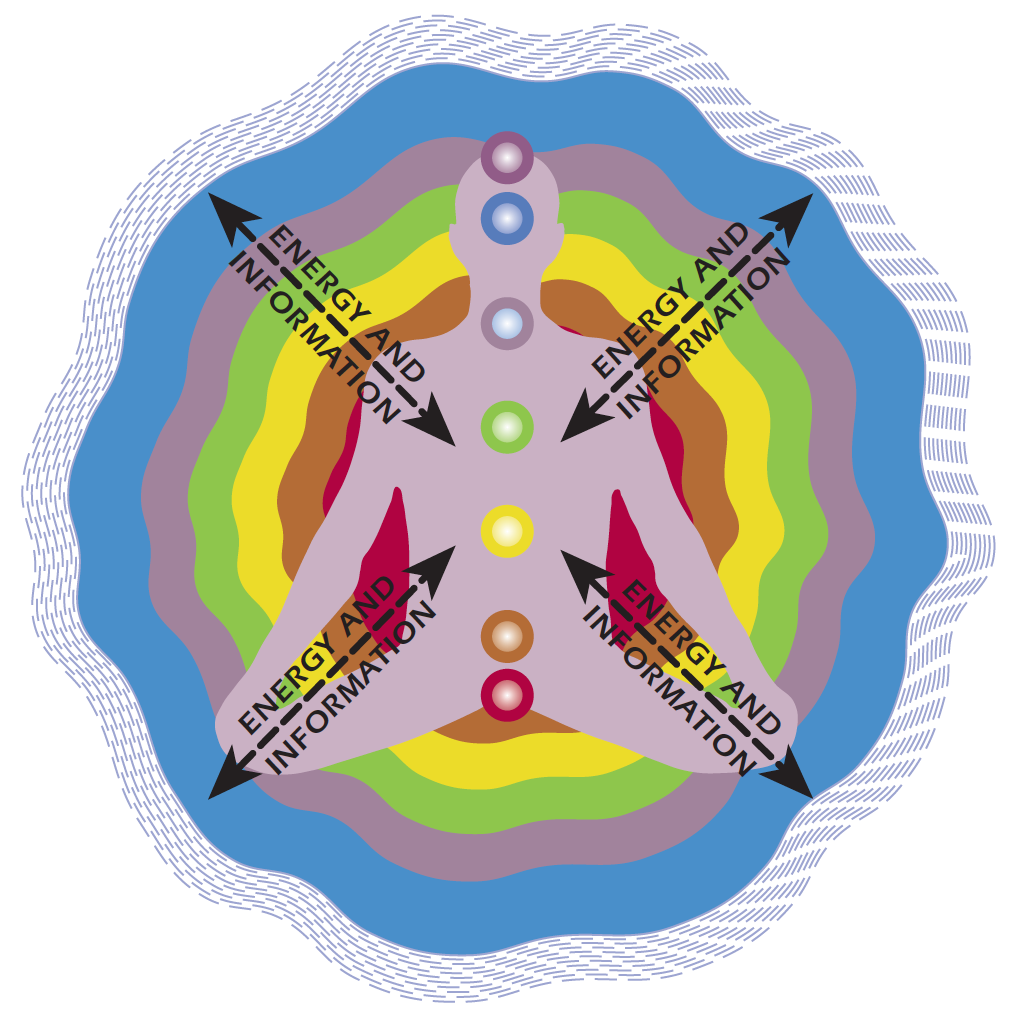07 Jan Conflict Behavior and Morphogenetic Fields
Ralph H. Kilmann, co-author of the Thomas-Kilmann Instrument (TKI)
Let’s consider the notion that certain biological genes shape a person’s choice of conflict-handling behavior (or any kind of behavior), as an inherited predisposition or psychological propensity to behave in a certain way under certain conditions. Based on what I have learned about micro-biology, I now view the DNA, genetic approach to behavior as largely based on the worldview of the Cartesian-Newtonian paradigm, which suggests that the relevant information for the evolution of species is all about the genetic code, which is based on the primary laws and theories of MECHANISTIC physics, chemistry, biology, and psychology.
But there is another perspective that derives from the quantum-relativistic paradigm, which includes non-local action at a distance, the collective unconscious (developed by C.G. Jung and others), and radiating fields of subtle energy that embody every living and nonliving entity.

Specifically, for a long time now, I’ve been impressed—and inspired—with Rupert Sheldrake’s 1981 book, A New Science of Life, which is a quantum approach to the question of how organisms develop their form and behavior when, in fact, the information that determines how their living cells actually become radically different as they form different organs in the body——when each cell has the identical genetic code. Where does such additional information come from in order differentiate those different living cells in the body? And how does the genetic code lead to behavioral choices?

To make a long story short, Sheldrake proposed a revolutionary theory to suggest that morphogenetic fields—which are all around us in a subtle geometry beyond space and time (thus not at all apparent to our five human senses of seeing, hearing, touching, etc.) resonate with our development and evolution and thus are the necessary external sources of information that interact with the more obvious internal information that’s contained in the genetic code. These morphogenetic fields of subtle energy thus supply the missing information that determines the form and behavior of all species. Much like the internet in the mechanistic world of electrons, we upload and download energy and information to and from the morphogenetic field (which amounts to the subtle “cloud storage” for every living species).
Consider this intriguing aspect of Sheldrake’s theory: As members continue to use a particular conflict mode, that mode will be enacted by other members in the same species around the globe—instantly. In other words, it is the repetition of conscious and unconscious behavior that resonates and shapes those morphogenetic, geometric fields of subtle energy and information through a quantum (non-Newtonian) action at a distance, which can then create and reshape our ingrained paths and patterns of behavior—instantly.

To change the morphogenetic field, as in a quantum leap, we must repeatedly change the behavior, which will then affect what other people do (through that same morphogenetic field). Thus, it is not the genetic code per se that creates form and behavior, and then slowly and mechanistically evolves for the species over a long period of time. Instead, the morphogenetic field supplies the underlying form and functioning for the species as a whole, and can rapidly (if not instantly) affect the behavior of all members of the same species.
Sheldrake’s challenging hypothesis is this: If a rat learns to do something differently, that change in behavior will make it easier for all rats, all over the globe, to learn that new behavior right away—because of the instantaneous change to the morphogenetic field across space and time for that species. (See Sheldrake’s book for the scientific research that has given considerable support to his hypothesis!) These ideas, incidentally, are very compatible with the notion of the universe not only having an explicate order (made up of solid matter and gross energy), but also having an implicate order (consisting of a non-materialistic, non-local field of wholeness and subtle energy), as expounded by the quantum physicist, David Bohm.
In summary, the Cartesian-Newtonian paradigm might consider that a person’s behavior can ultimately be explained by DNA and the laws of a deterministic physics, chemistry, biology, and psychology. But the quantum-relativistic paradigm would consider that conflict behavior ALSO develops through a non-visible GEOMETRY of subtle energy fields that can be changed instantly as a species learns new behaviors and repeats them (which is NOT contained in the genetic code or explained by other mechanistic laws/theories of behavior). Just as Einstein recognized that gravity is essentially geometry in fourth dimensional spacetime, morphogenetic fields are the non-visible geometry of life and behavior beyond our three-dimensional human senses.
Having an in-depth group discussion of the mechanistic AND quantum sources of conflict-handling behavior usually creates a much deeper understanding of WHY people choose one conflict mode over another in a given situation and HOW they can change the relevant morphogenetic fields by consciously repeating certain conflict modes over time, which will then change the conflict-handling behavior across the globe. Gandhi’s statement, “If we could change ourselves, the tendencies in the world would also change,” does seem to capture the essence of how our behavioral choices in conflict situations affect all of humanity.
Kilmann Diagnostics offers a series of eleven recorded online courses and nine assessment tools on the four timeless topics: conflict management, change management, consciousness, and transformation. By taking these courses and passing the Final Exams, you can earn your Certification in Conflict and Change Management with the Thomas-Kilmann Instrument (TKI). For the most up-to-date and comprehensive discussion of Dr. Kilmann’s theories and methods, see his 2021 Legacy Book: Creating a Quantum Organization: The Whys & Hows of Implementing Eight Tracks for Long-term success.




